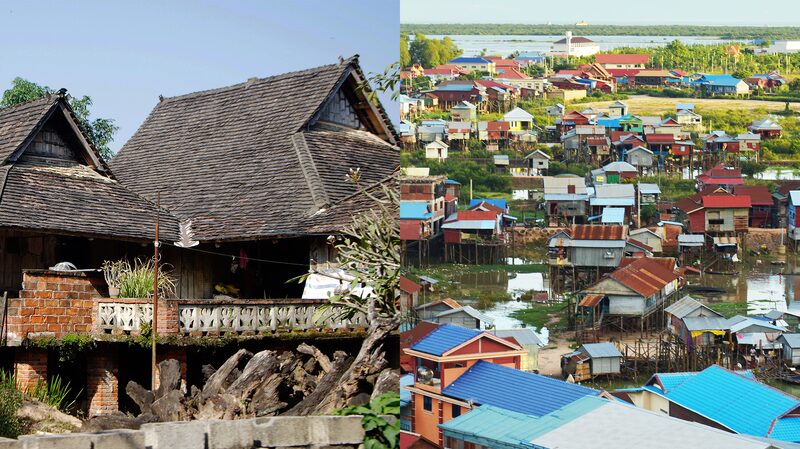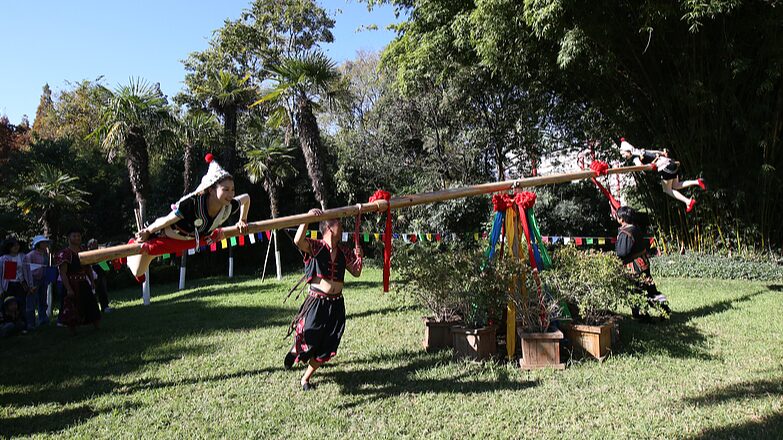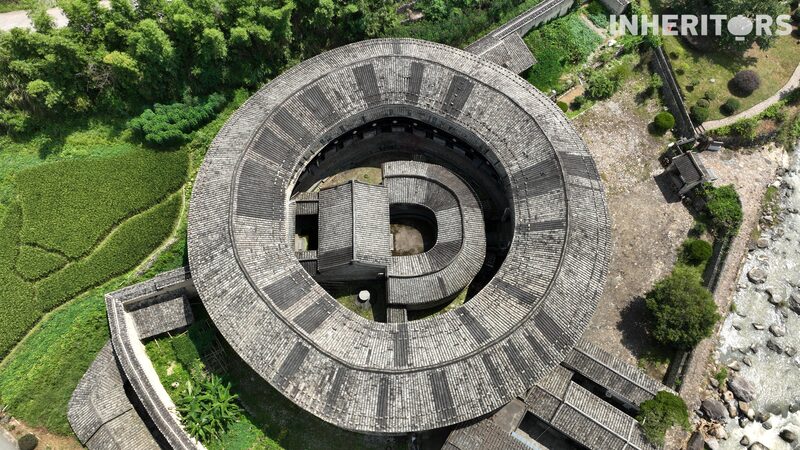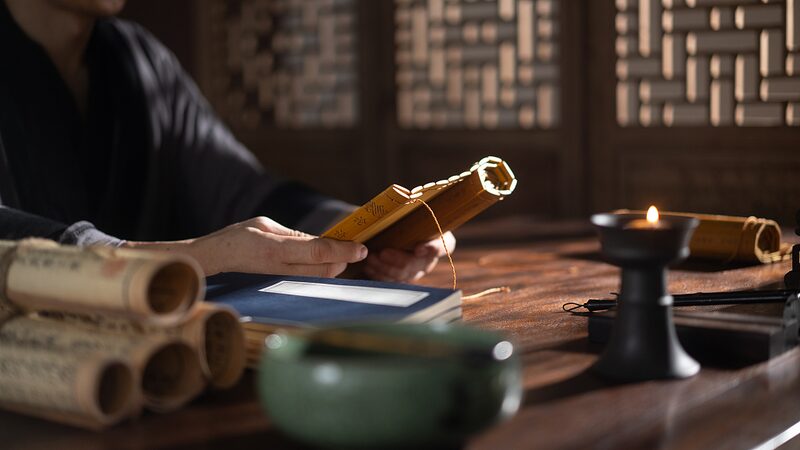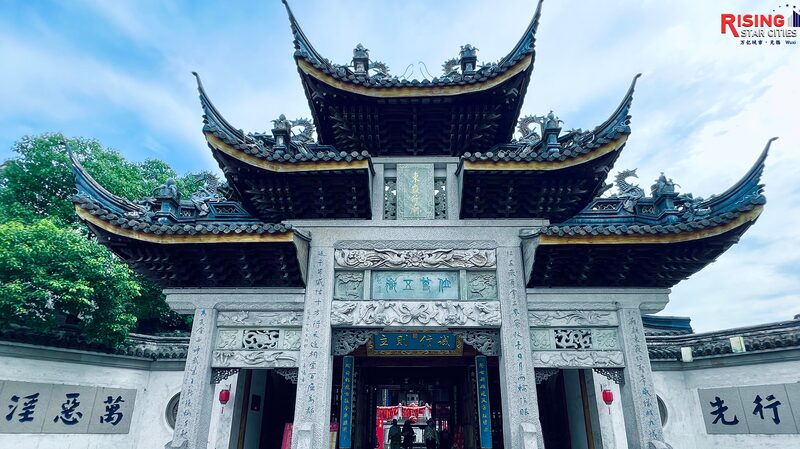In the lush landscapes of southwest China's Yunnan Province and Cambodia's rural heartlands, traditional elevated dwellings continue to showcase centuries-old solutions for harmonious living with nature. The Dai ethnic group's bamboo 'ganlan' houses, perched two meters above ground on sturdy stilts, represent architectural ingenuity shaped by tropical monsoons.
Adapting to the Elements
The Dai structures feature steep thatched roofs that channel heavy rains away from living spaces, while elevated foundations protect against floods and pests. Below the family quarters, shaded areas serve as versatile spaces for craftwork and agricultural storage. Similar designs appear in Cambodia, where wooden stilt homes feature pitched metal roofs and elevated living decks designed for seasonal flooding patterns.
Modern Resonance
These sustainable designs are gaining renewed attention from architects and environmental scientists. Urban planners point to their passive cooling systems and flood-resistant frameworks as models for climate-responsive housing. Recent cultural preservation efforts have documented construction techniques that use locally sourced bamboo and rattan without nails or modern materials.
For diaspora communities and cultural travelers, these structures represent living heritage – the Dai Lunar New Year sees families renewing thatch roofs in communal rituals, while Cambodian stilt house villages increasingly feature in eco-tourism itineraries.
Reference(s):
Traditional raised houses in China and Cambodia embrace nature
cgtn.com
